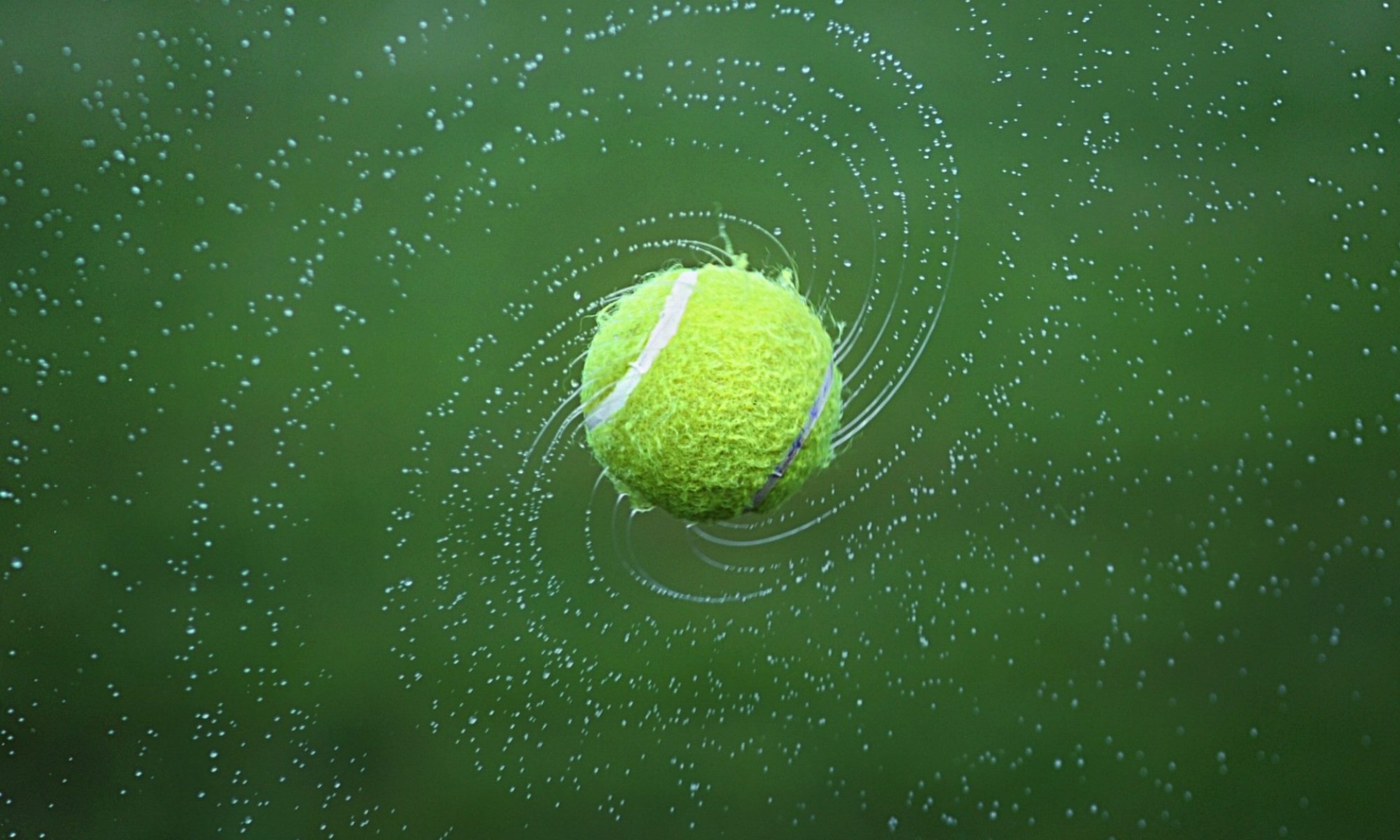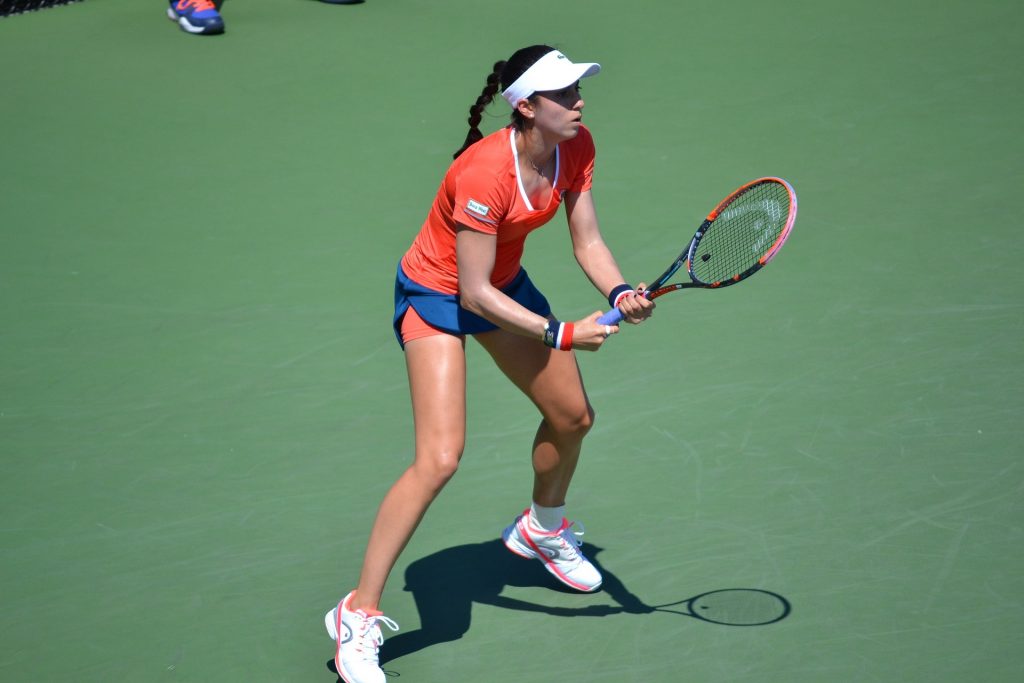Do you find yourself hitting the overhead late, and therefore, out? Preparation and shot choice make all the difference in a successful overhead. Today we look at preparation.
- Footwork is the first key to executing the overhead. Move your feet quickly, with short adjustment steps to get into position to hit the ball.
- Turn your body sideways and move with shuffle steps, or grapevine steps for longer distances.
- Point at the incoming ball with your opposite hand and get your racket in the ready position..like you are scratching your back with it.
- Just like the serve, reach up to hit the ball, don’t pull your head down.
Practice fast feet and early preparation to improve your overhead. Next time we’ll make more overhead improvements with shot selection based on the lob.



